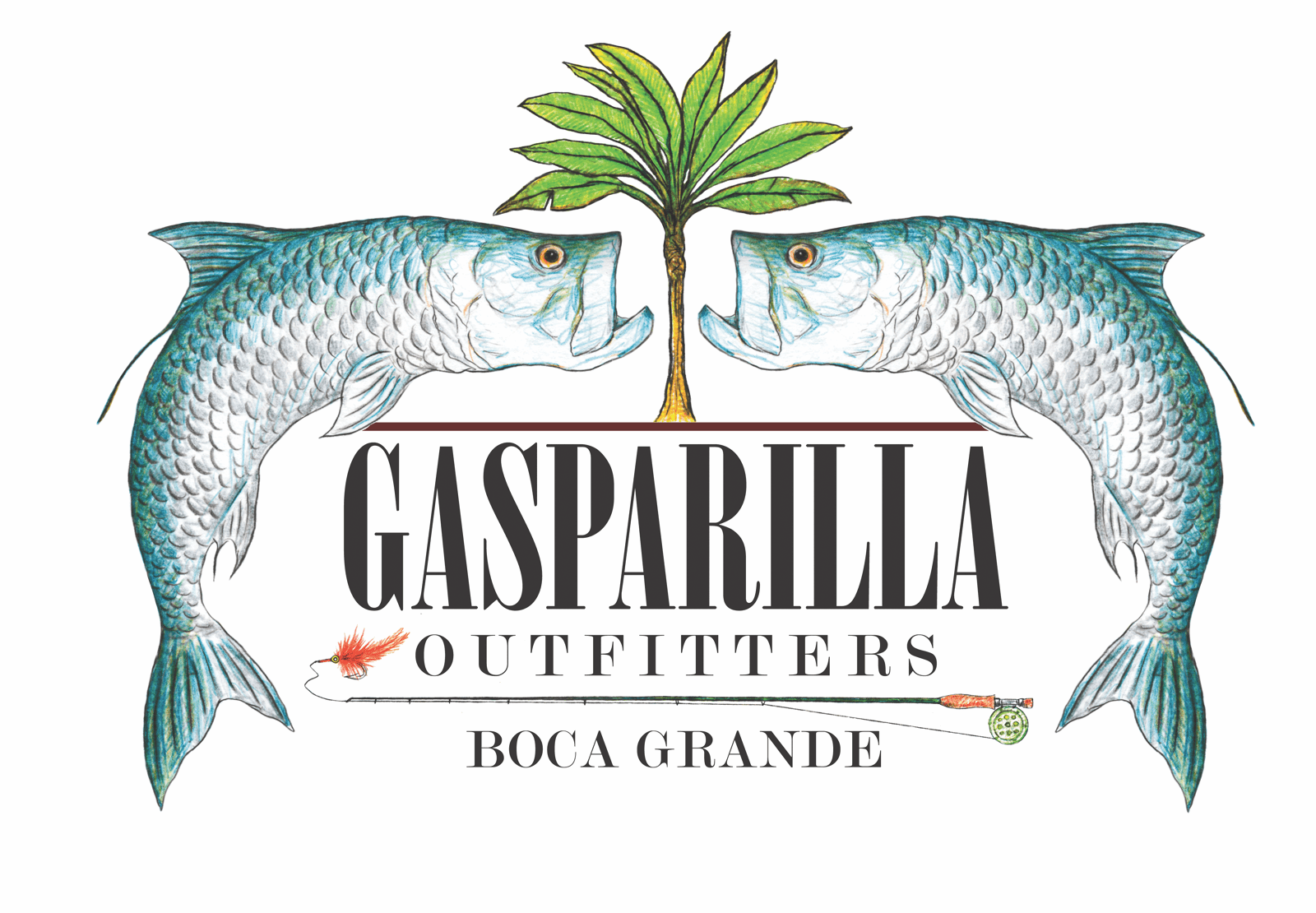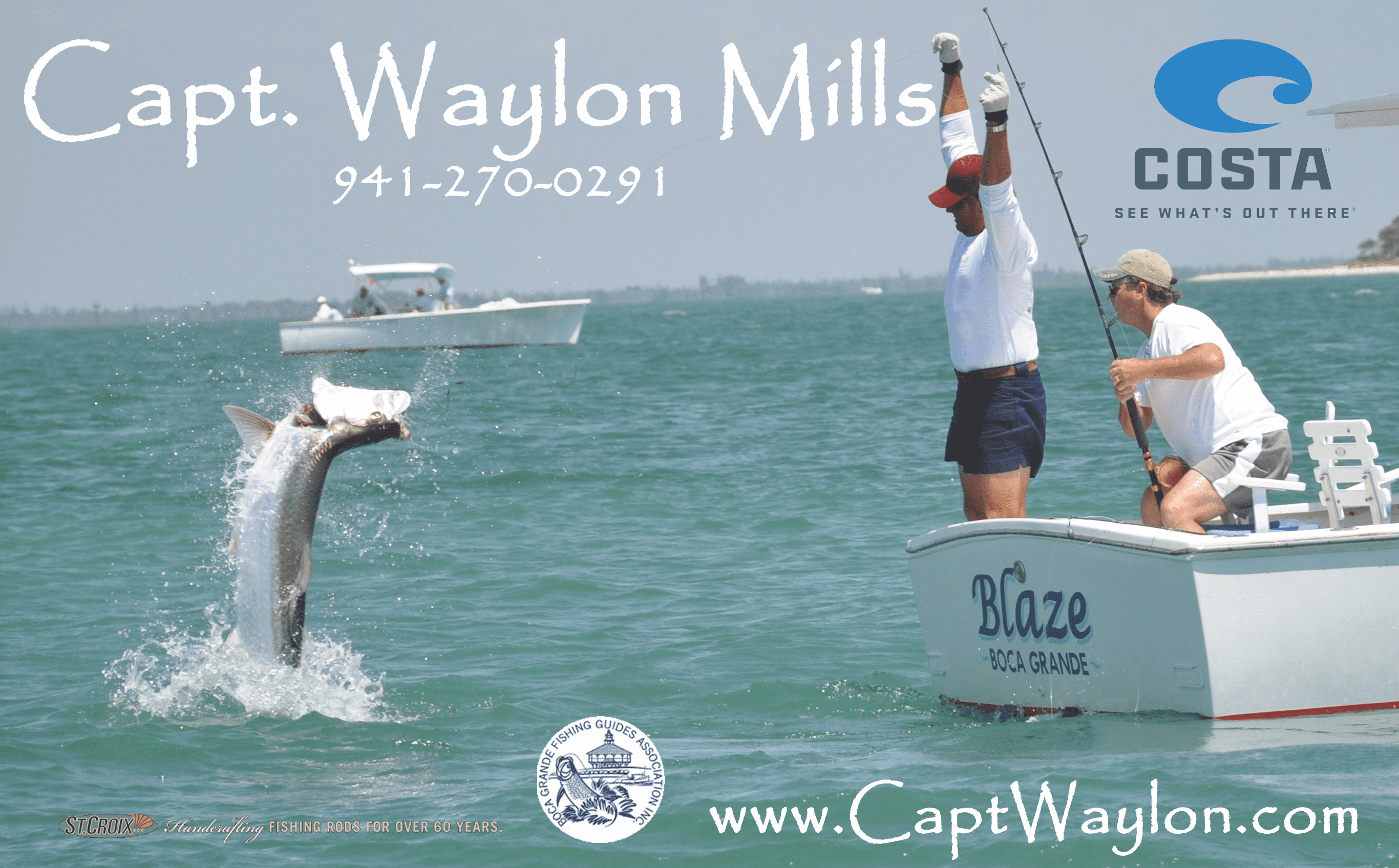Invasive Species: Help protect natives

Editor’s Note: This is the second of six weekly wildlife articles submitted by the Barrier Island Parks Society to raise awareness.
Invasive animals, like Ctenosaura similis, the black spiny-tailed iguana, can be detrimental to local animals like birds, gopher tortoises and sea turtles when their young eat their eggs for the protein they need to grow. As they age, they become vegetarians snacking on ornamental flowers and tender greens, but even adults will eat small animals and eggs if the opportunity arises. They are prolific procreators using gopher tortoise burrows or digging their own nests laying multiple clutches annually with up to 50 eggs in a clutch. As with most invasive species, they have no natural predators and are extremely fast, making them difficult to catch. How did they get here?
As the story goes, and as is often the case for most invasive animal species, a male and female pair of pets escaped from a local home and began multiplying. The result is thousands of invasive iguanas traveling the local barrier islands, because along with being prolific procreators they can swim. Currently, they can be found on Gasparilla Island and its mainland and have now been spotted on Cayo Costa Island as well.
Invasive species are not just seen in fauna. It is commonplace in neighborhoods to find invasive plant species like Brazilian pepper (Schinus terebinthifolia), rosary pea (Abrus precatorious), air potato (Dioscorea bulbifera), and sansiveria Dracaena trifasciata), also known as mother-in-law’s tongue. Invasive plant species, like invasive animal species, can take over yards, displacing or eradicating native plants that are critical to our local native animals.
Invasive plant species are strong and able to withstand multiple soils and temperatures, and they take over habitats and use up the precious resources needed by our native plants. Many of these invasive plants can be removed easily by hand when they pop up as seedlings. Older plants and trees require more effort, but the end results are less seeds to generate more invasive plants and added habitat and resources for our native plants.
Do your part. Eradicate invasive animal and plant species where you can and help protect our native species. A beautiful wild Florida does not include invasives.
Visit BIPS.org.









